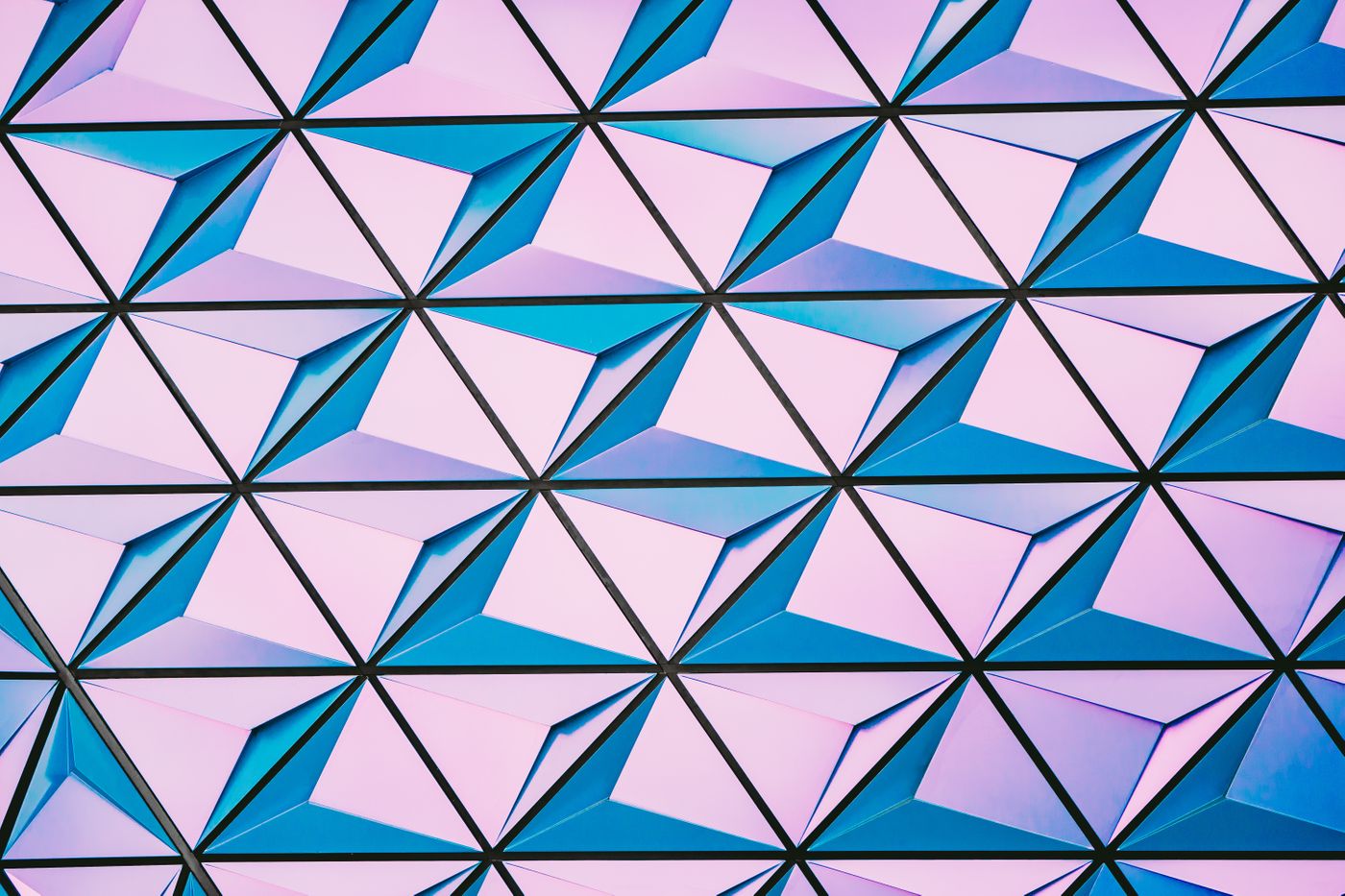In the world of architecture and interior design, every time period has a distinctive “look”. As we inch closer to a new decade, one may wonder what design trends will define the next era. There are a bevy of architectural ideas swirling around the maelstrom of design for the next 10 years.
Embracing the Old
As the second-hand and vintage clothing industry is growing in popularity, architects and urban planners are increasingly upcycling old structures. Following years of recession and the fall of industry in many cities, there is a large inventory of buildings that stand empty, unfinished, or both. Adaptive reuse means that an architect will repurpose these old buildings for something different that what was originally intended.
For example, a sturdily built former flour mill might be converted into an industrially themed set of townhouses. Or, an empty warehouse could become a snug office for a new business. The list of what might be done with what is nearly endless.
The Comeback of Art Deco
After almost two decades of slick glass facades, tastes are running back to the combination of straight lines and bold, multilayered accouterments of art deco. Whether it’s an investor repurposing a 1920s-era Detroit skyscraper for modern use or an architect designing a brand-new commercial building, elaborate Art Deco architectural features are back in style. Geometric patterns, brass fixtures, and detailed ornamentation are an in-demand look for both homes and commercial building interiors.
Green Building Design
Due to rising energy costs and an increased focus on sustainability, architects will continue to incorporate green building design into their projects. Buildings such as hospitals, schools, and retail centers will increasingly turn to architecture firms who incorporate sustainable design into their buildings. Sustainable buildings are often designed using recycled materials, advanced water-saving plumbing systems, and designs that use natural light to offset energy costs.
“Green buildings” do not only refer to sustainable building design, however. The use of live plants is an increasingly popular addition to exterior and interior designs. “Living walls”, also known as “vertical gardens”, are used to break up a plain facade. Meanwhile, commercial interior designers are turning to large tropical plants to bring visual excitement to an indoor space.
Maximalism
For the past 15 years, architecture and commercial interior designs were heavily inspired by technology. Minimalist designs - such as glass facades, plain, white walls, and sparse decor - was popular due to both necessity and fashion. New advances in construction technology, such as energy-efficient and recycled building materials, often required architects to design buildings and interiors with a sleek, minimalist design to maximize energy savings. Meanwhile, the introduction of the iPod had an enormous influence on the design aesthetic of the turn of the outgoing decade.
However, years of clean, minimalist design has produced a backlash of sorts. “Maximalism”, a growing trend in architecture and interior design, will continue to pick up steam in the 2020s. With Maximalism, boldness predominates. Ostentation is "in." This ideal of strong shapes, nontraditional materials, and intricate designs are an affront to the clean, subdued design language of minimalism.
A Return to Color and Patterns
During the plate-glass stage of architecture, architects favored neutral colors like gray, chrome, and black. Plush, vibrant colors are the name of the game. Chartreuse, magenta, and periwinkle take the place of gray, silver, and black. Bold colors such as Neo Mint, Living Coral, Millennial Pink, and Gen-Z Yellow, will continue to permeate commercial and residential spaces into the next decade.
Social media has heavily influenced the way architects and commercial interior designers create spaces. Retail stores and restaurants have begun to invest heavily in striking interior spaces and activations to encourage customers and guests to take pictures to share on social media. Architectural design features, such as living walls, neon signs, or elaborate lighting features, create fun and picturesque environments.
A Cutting-Edge Architecture and Interior Design Firm
Artech Design Group is a multi-disciplinary architecture and interior design firm with over 30 years of experience. Many of our architecture projects include energy-efficient building designs and creative adaptive reuse of historic structures. Browse our portfolio to see some of our award-winning projects to get a glimpse of what buildings of the future will look like.

